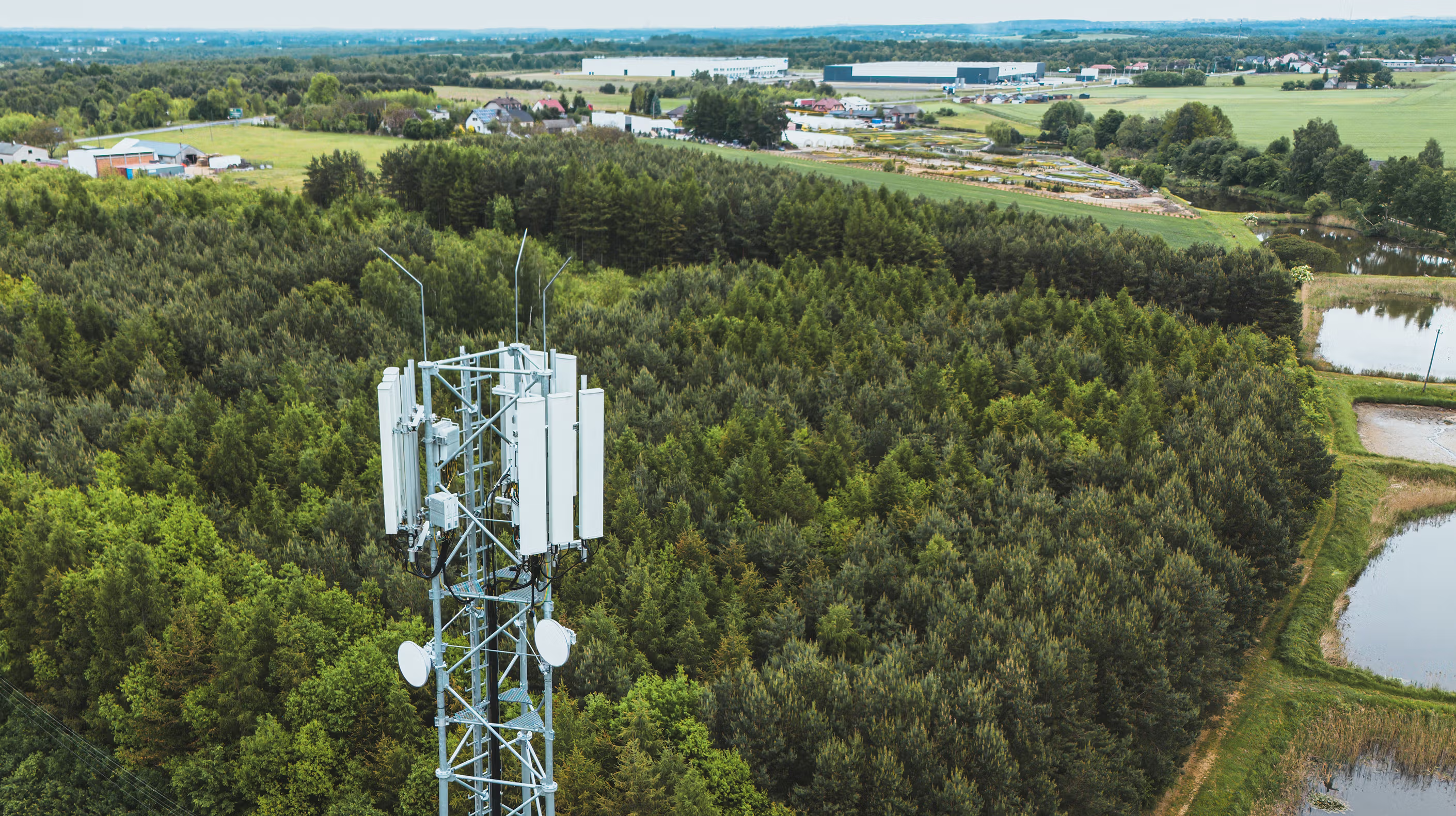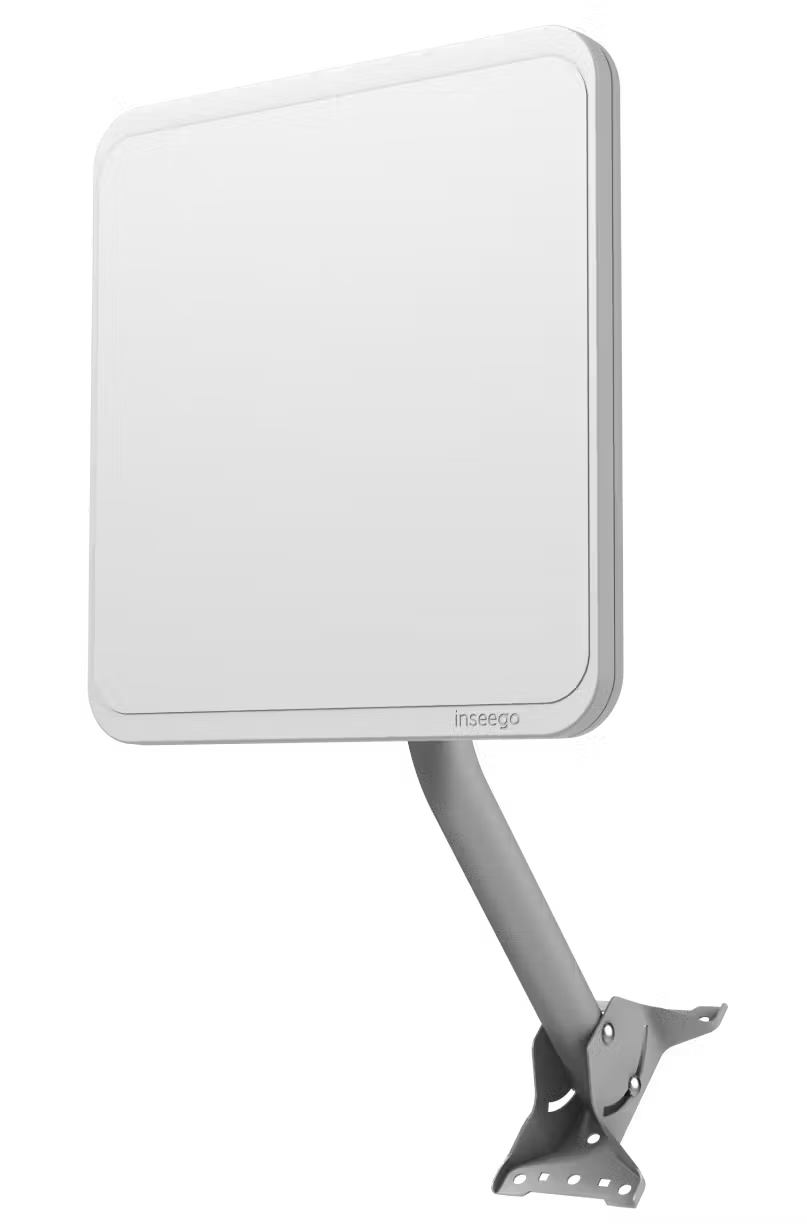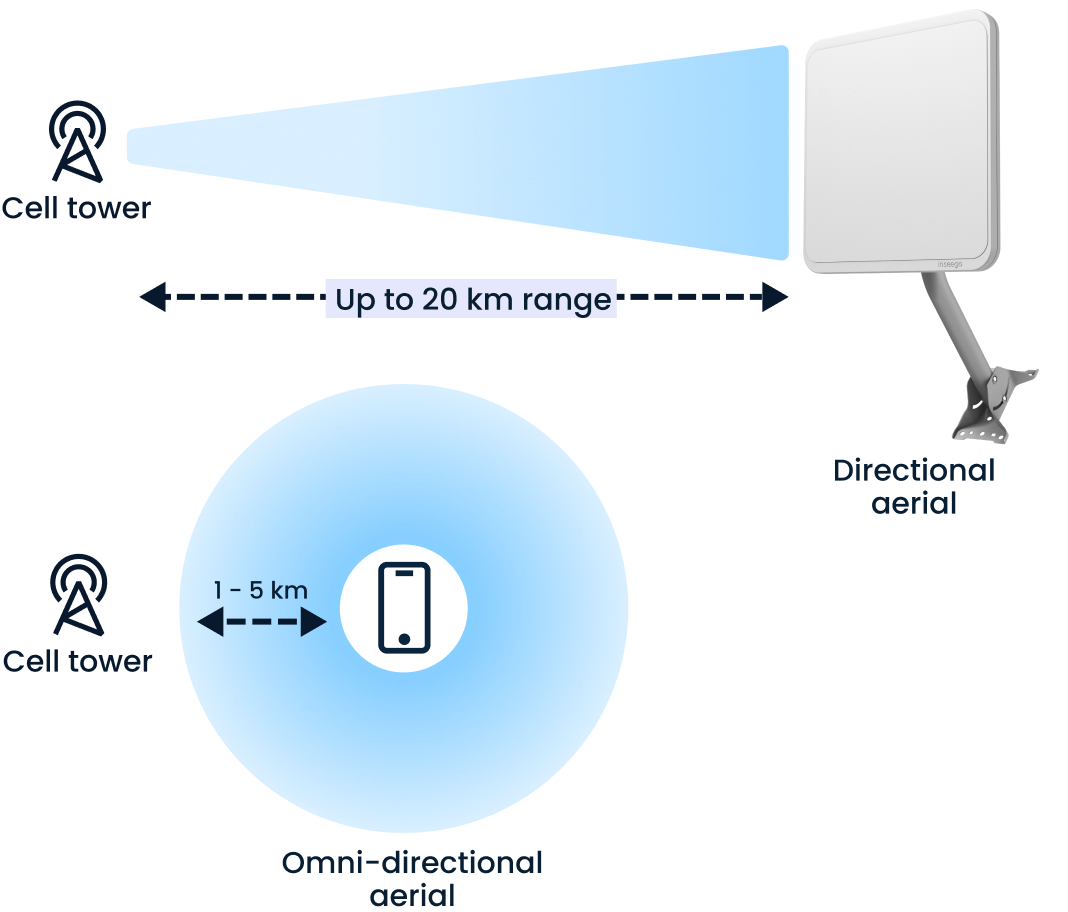Also in this category
View more in Connectivity for Remote NetworksConnectivity for Remote Networks
How to get cable free internet: Cellular routers and antennas
Updated on May 6, 2025

Cable free internet is a powerful tool to have for many businesses. It allows enterprises to flexibly deploy high-quality, high-bandwidth internet easily, cost-efficiently, as needed and where needed. This is very important in rural and remote areas where wireline connectivity provided by DSL, fiber, or cable simply isn’t an option, either because it isn’t offered or is cost-prohibitive. Businesses operating in these areas can’t afford to be left without a viable internet connection.
While there are a variety of options for cable-free internet, not all solutions are created equal. Understanding the different options available and the use cases they are suited for is crucial to choosing the best possible connectivity solution for your business.
Satellite internet: Widely available but easily impaired
Satellite internet offers a well-established form of connectivity that enables wireless signals to be sent and received via satellites to antennas on a user’s premises.
This connectivity method has two primary advantages. First the wide satellite network coverage area makes satellite internet a viable option even for very remote locations. Second is that establishing a connection is straightforward, as long as the antenna has a clear line of sight to the satellite.
However, satellite signals are prone to high latency and intermittent connectivity issues, as signals must travel a long way to and from the satellites and can be easily impaired by weather. This is even an issue at the space level, recent research on satellite performance during geomagnetic storms has highlighted the potential that space weather impairs satellite operations. As such, high-resolution and bandwidth-intensive activities such as video calls or cloud computing may not operate reliably.
Service can also be more costly. Satellite internet tends to come with data limits, and exceeding those caps can result in slower service, significant added costs, or both. As well, installation costs and monthly fees are often more substantial compared to other options.
Mobile hotspots: Ideal for temporary connectivity
Though typically associated with cellphones, mobile hotspots are a more general term for devices that provide a temporary connection solution for user devices by converting a cellular signal to a Wi-Fi signal.
Mobile hotspot devices are, as a rule, small and simple. This makes them highly portable, easy and fast to get up and running, and extremely flexible. They are especially useful as a backup connectivity solution or for locations where a connection is only needed temporarily. They usually support multiple devices simultaneously and require little or no technical knowledge to bring online.
While mobile hotspots are incredibly convenient, they do have some limitations. Mobile hotspots may not have the robust hardware needed to form or maintain a strong connection far from a tower. As a result, the cellular signal and the resulting Wi-Fi can sometimes be slower and less reliable, with potential drops in speed and available bandwidth. Additionally, many cellular plans for mobile hotspots come with data limits, and exceeding these limits can result in slower connections or additional costs. Lastly, these devices often run on batteries, which can drain quickly with heavy usage, limiting the duration of their connectivity.
Cellular routers: Best return-on-investment
In many ways, cellular routers combine the best of other internet connectivity solutions. They use internal antennas to capture cellular signals and convert them into Wi-Fi for local devices to use, distributing them via an internal modem. They connect to cellular networks via a SIM card, and also often include Ethernet ports for local connections. With support for 4G/LTE and 5G connectivity, they deliver fast and high bandwidth connectivity wherever it is needed.
Typically, these devices are designed to be user-friendly. They usually need just a SIM card and power and are delivered with simple on-screen instructions for setting up a network. They’re also made to be highly reliable, with multiple antennas, avoiding the disruptions that can affect both wired connections and other kinds of wireless connectivity.
Cellular routers are also small and portable, making them easy to set up and relocate. This enables greater scalability, as each device supports multiple local connections, and multiple devices can be set up easily. Their size also provides users with greater flexibility to use them for a temporary connection when needed.
Learn more about our cellular routersCellular Antennas: Extended rural connectivity
In many ways, cellular antennas provide an excellent return-on-investment by amplifying weak signals and converting them into strong, reliable internet connections. They capture cellular signals from distant cell towers and convert them into a more robust signal that can be distributed to local devices, ensuring high-quality internet access even in remote areas.
Just like cellular routers, cellular antennas are designed to be user-friendly and can be easily set up with minimal fuss. Typically, they need to be positioned appropriately and connected to a cellular router or modem. With support for 4G/LTE and 5G connectivity, these antennas deliver fast and high-bandwidth connectivity where needed most.
Cellular antennas are known for their reliability. They come equipped with multiple high-gain antennas to capture even the faintest signals, ensuring continuous connectivity. This makes them resilient to disruptions that can affect both wired connections and other types of wireless internet.
By investing in cellular antennas, you can enhance your internet service significantly, bypassing many of the limitations imposed by distance, obstructions, and outdated infrastructure.
Inseego offers industry-leading, advanced cellular routers and antennas
Inseego is an industry leader in 5G and 4G/LTE connectivity and offers several hardware solutions that support enterprise-quality wireless connectivity, particularly in rural and remote areas where wired connections may not be available or cost-efficient.
To ensure critical business operations maintain maximum uptime, the Inseego FX3000 series offers an easy-to-setup router. It features advanced internal antennas for a compact design and superior coverage, dual-SIM capabilities for flexible connectivity, automatic failover features, and professional-grade security and management tools.
Learn more about our FX3100 indoor cellular routerWe also offer the Inseego FW3000, a powerful outdoor cellular antenna designed to capture weak signals in remote and challenging environments. It uses cellular signals from far away towers to provide a strong and stable internet connection, ensuring you remain connected even in the most rural locations.
Learn more about our FW3000 outdoor cellular antennaExplore our fixed wireless access options to get the reliable, high-speed internet connection you need without the limits of traditional wired options. Talk to us today to get started!
Talk to our experts!
Set your customers or business up with the fastest, most secure, easiest, most reliable fixed wireless solutions.
Is your current internet connection meeting your business needs?
Even though your current connection is meeting your needs 5G cellular is also an affordable way to provide a back-up internet connection if your primary connection goes down.
Inseego outdoor antennas can support dual SIM cards for multi-carrier failover and ultimate reliability.
How is your connection letting you down?
What is your current connection type?
Do you get cell signal at your business?
Who is your current network provider
We've got a solution
A 5G cellular connection is a great way provide extra resilience to you business. This means if your primary connection goes down, any part of your business that relies on connectivity can carry on uninterrupted.
Even if you get a weak or almost no signal from your mobile phone, you can still get a great connection thanks to the powerful, directional antenna inside the FW2000.
5G cellular plans are affordable, with internet options from $50 - $100 per month, from the leading network providers.
What are your details?
How can we contact you?
Thanks, we've got your request
We’re excited to share our 5G connectivity solutions with you.
Check your email now for a confirmation message. Then a member of our team will send a personalised message within 1 business day to arrange a suitable time to have an in-depth one on one consultation.

5G Outdoor FW2000



Did you know?


5G Outdoor FW2000


Did you know?
Our hugely experienced team are located across the USA.
We’ll connect you with the Inseego team member nearest to you.
What happens next?
We aim to contact you via email within 1 business day to arrange a suitable to time for a detailed discussion of your needs.

